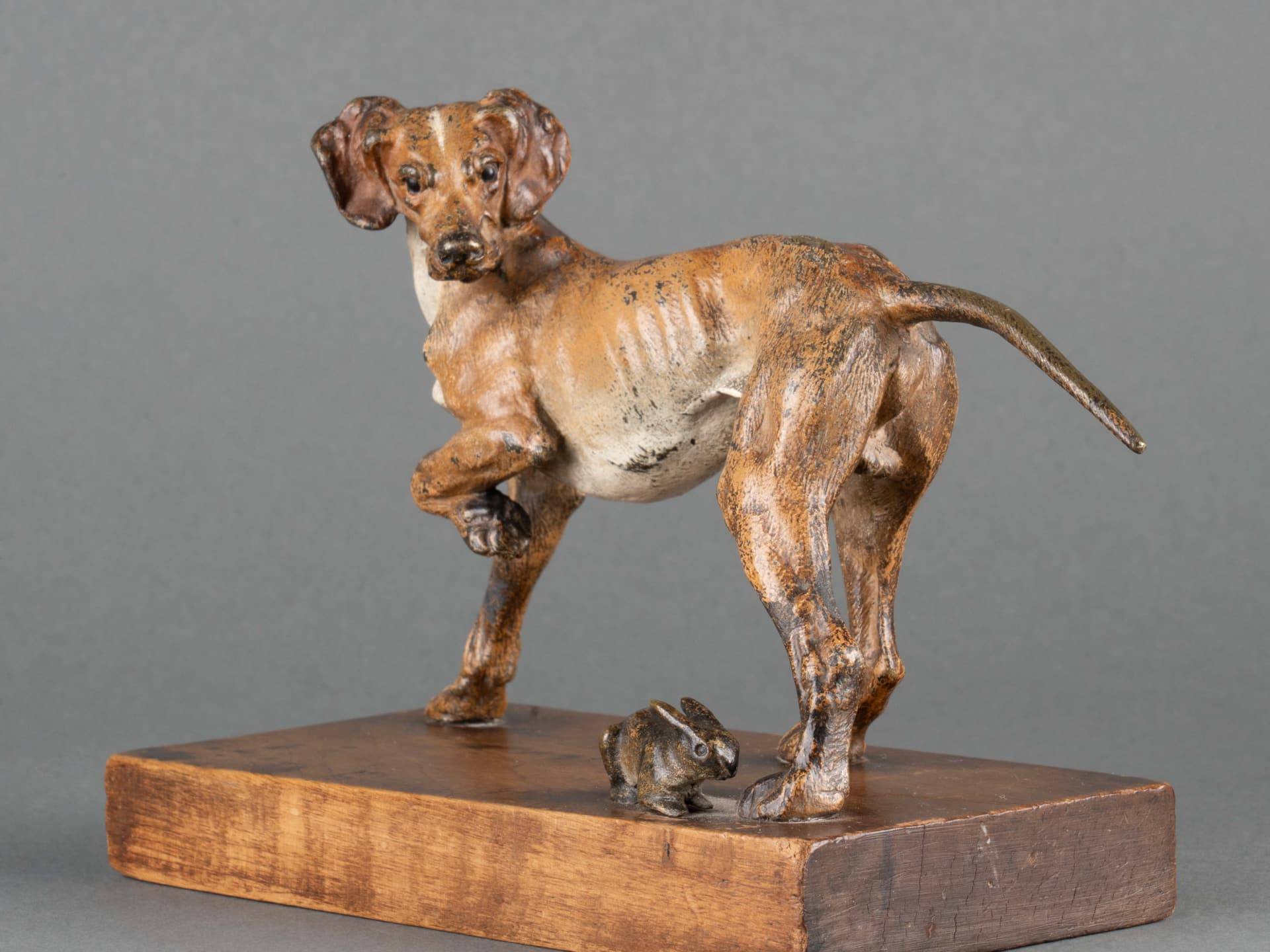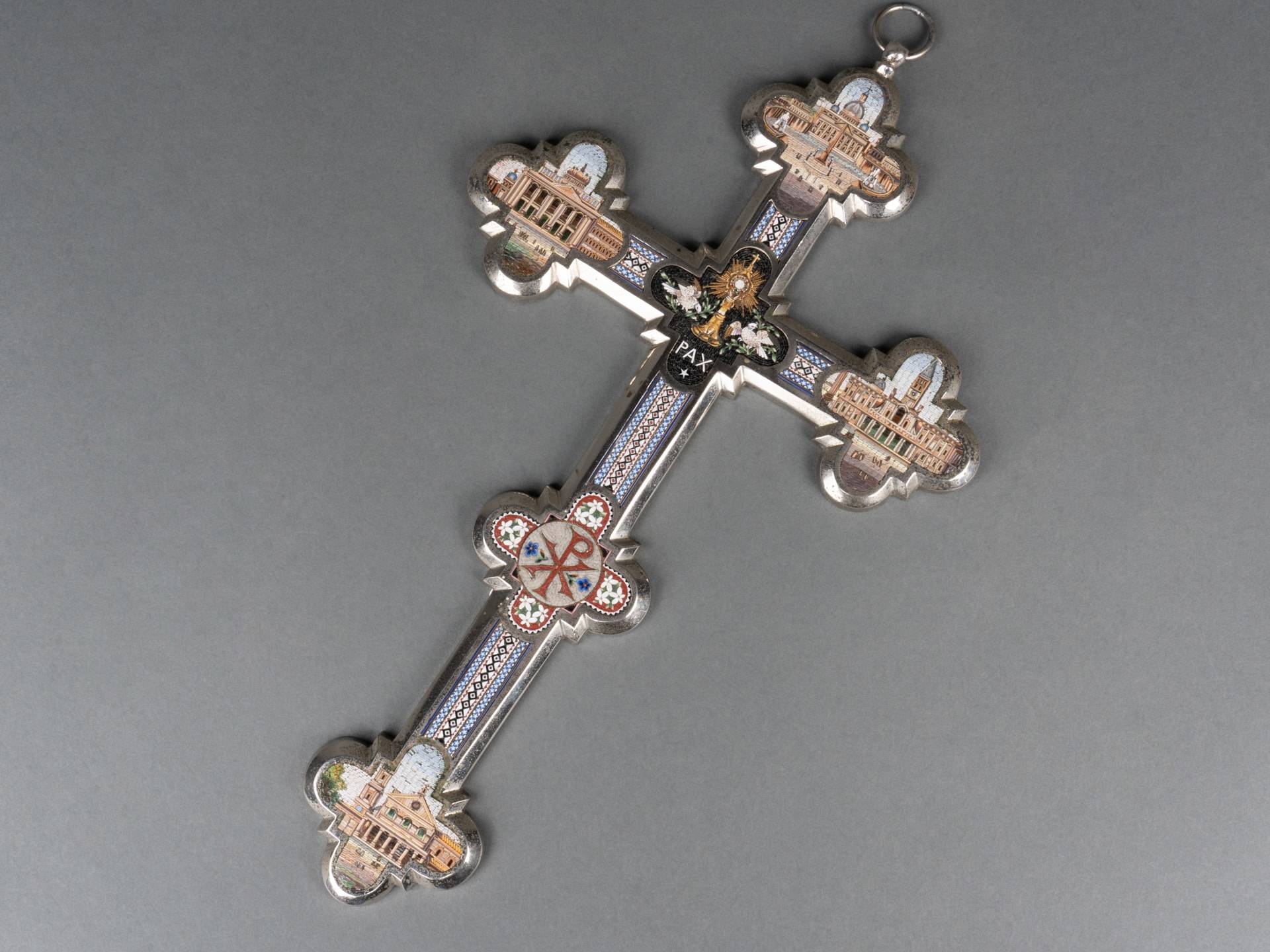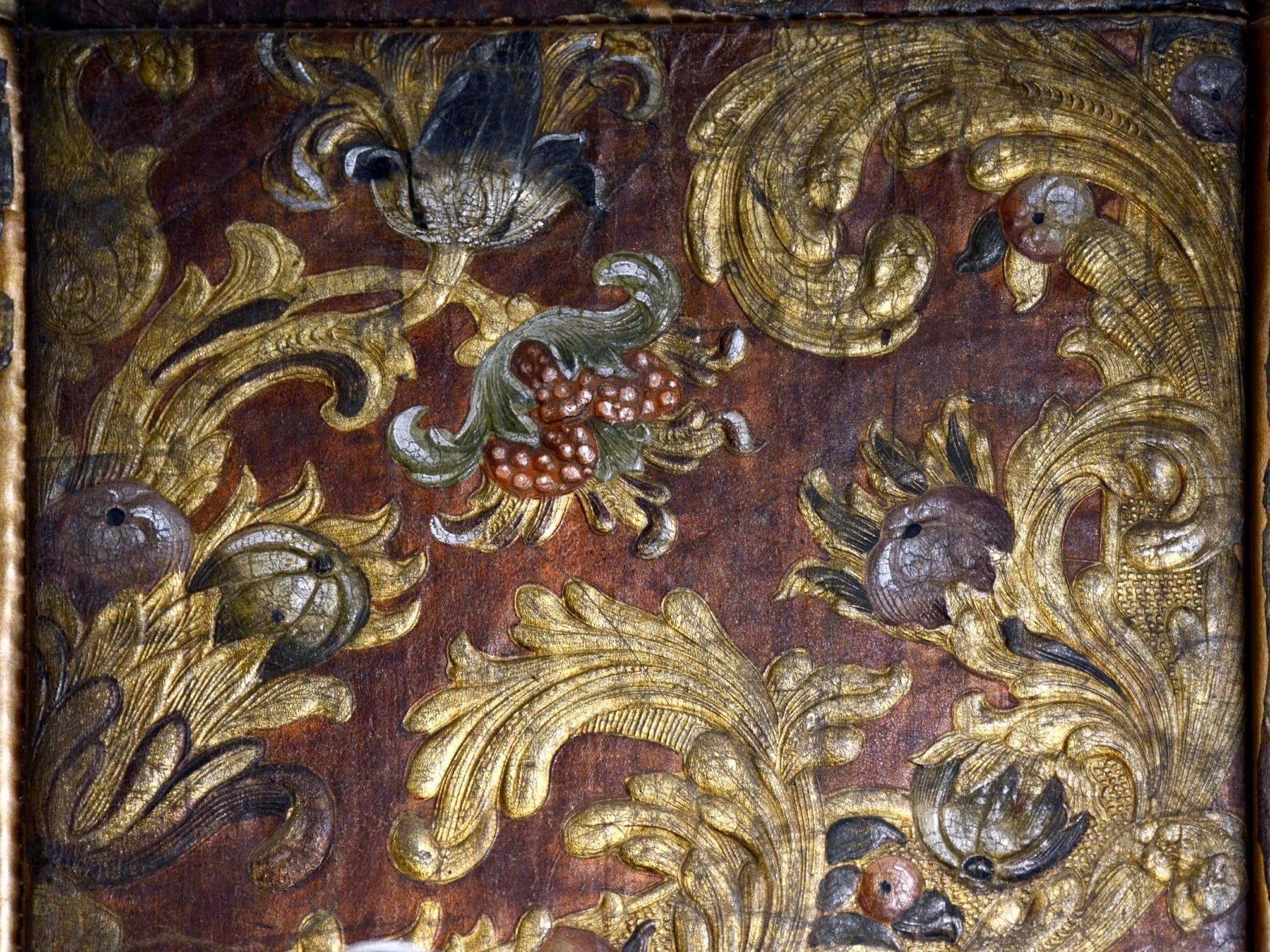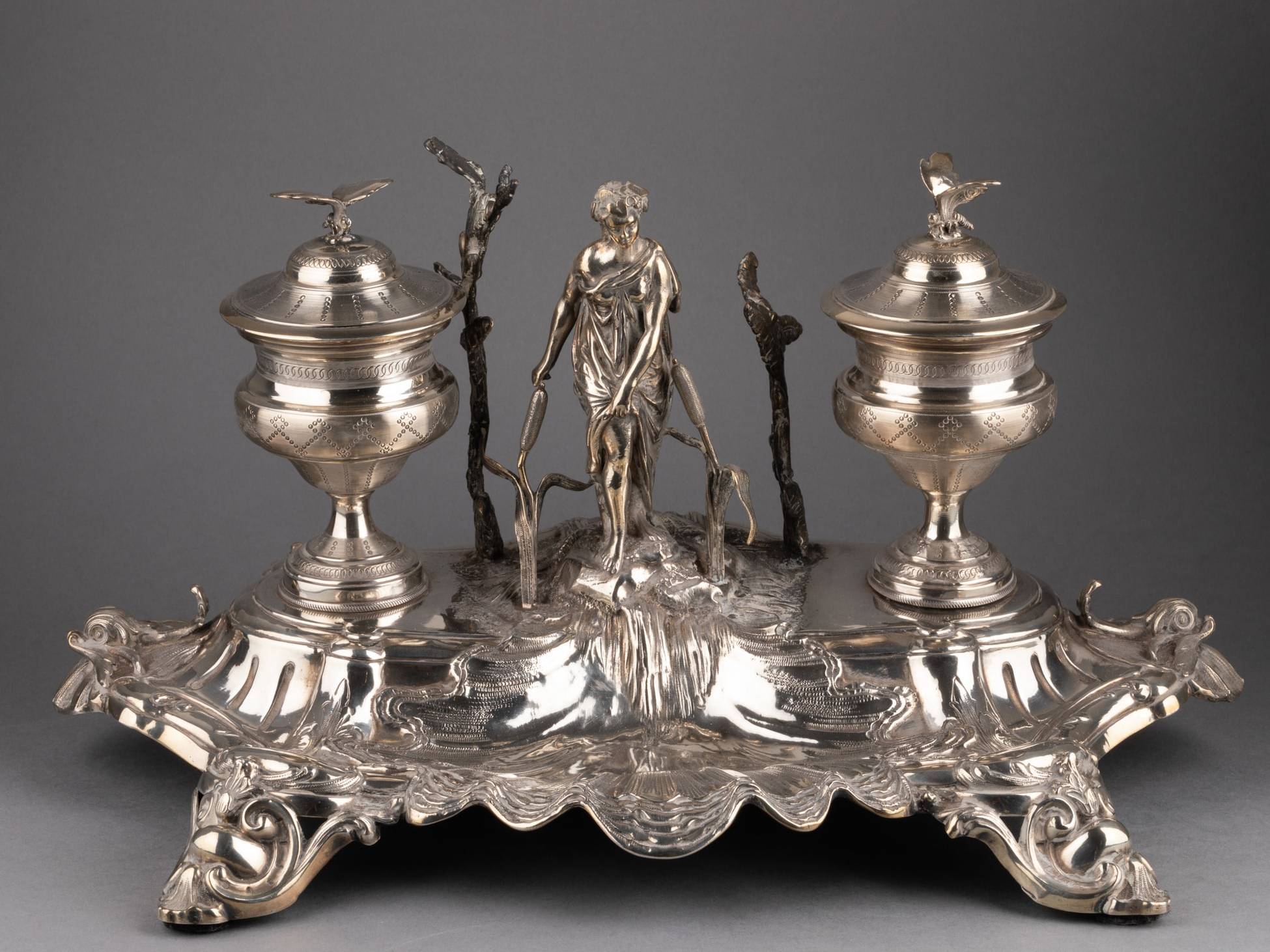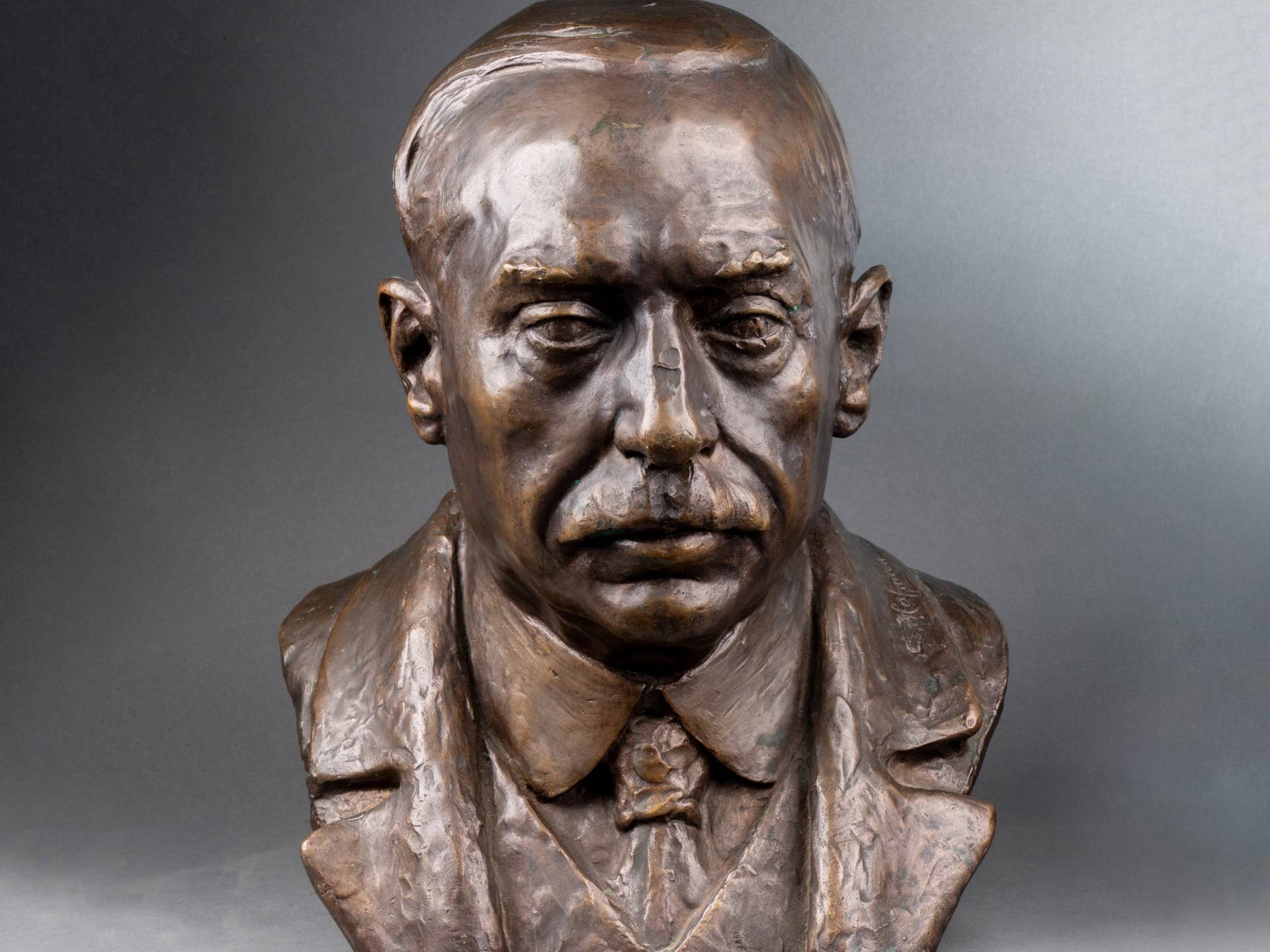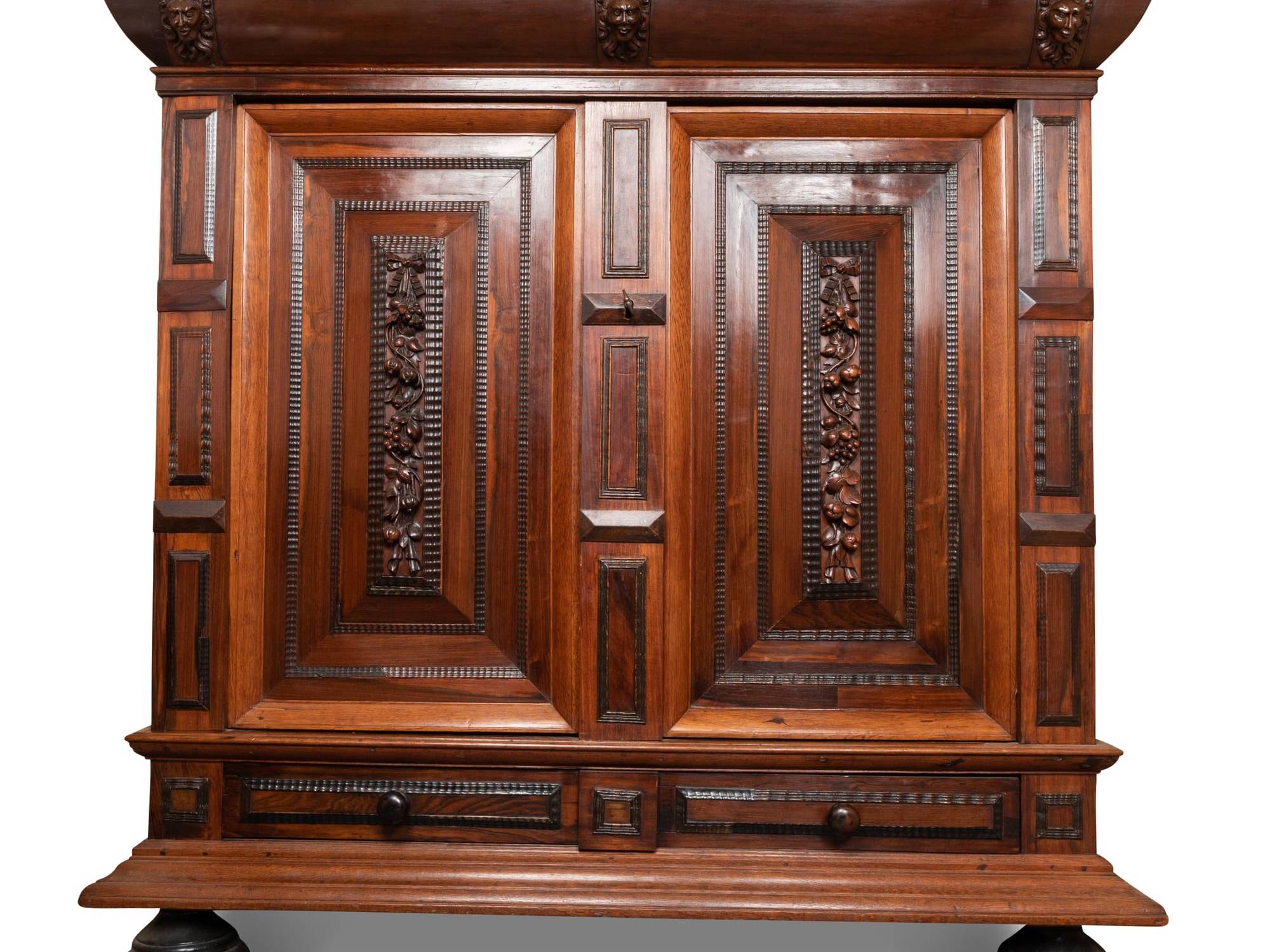Precious Pillows
Rigid pillows in China are not new. Already during the Sui dynasty (581 – 618), they were luxuriously made. Many of them, made of ceramic, were discovered in funerary contexts and may have had several functions, in addition to supporting the head of the deceased.
However, they are not just reserved for eternal sleep, far from it!
In ancient China, they were the daily life of the wealthier classes. Marble and ceramic are the preferred materials. The production of ceramic ones in particular peaked during the Song dynasty (960 – 1279) and those pieces that have come down to us are undoubtedly the most remarkable.
These are objects particularly appreciated by scholars and the aristocracy. They are credited with the ability to cool the head during the summer, to help maintain very elaborate hairstyles without damaging them (for both women and men) and to keep the eyes healthy. Furthermore, their creation in ceramic requires great skills, making each of these pillows objects of art in their own right, still very popular today.
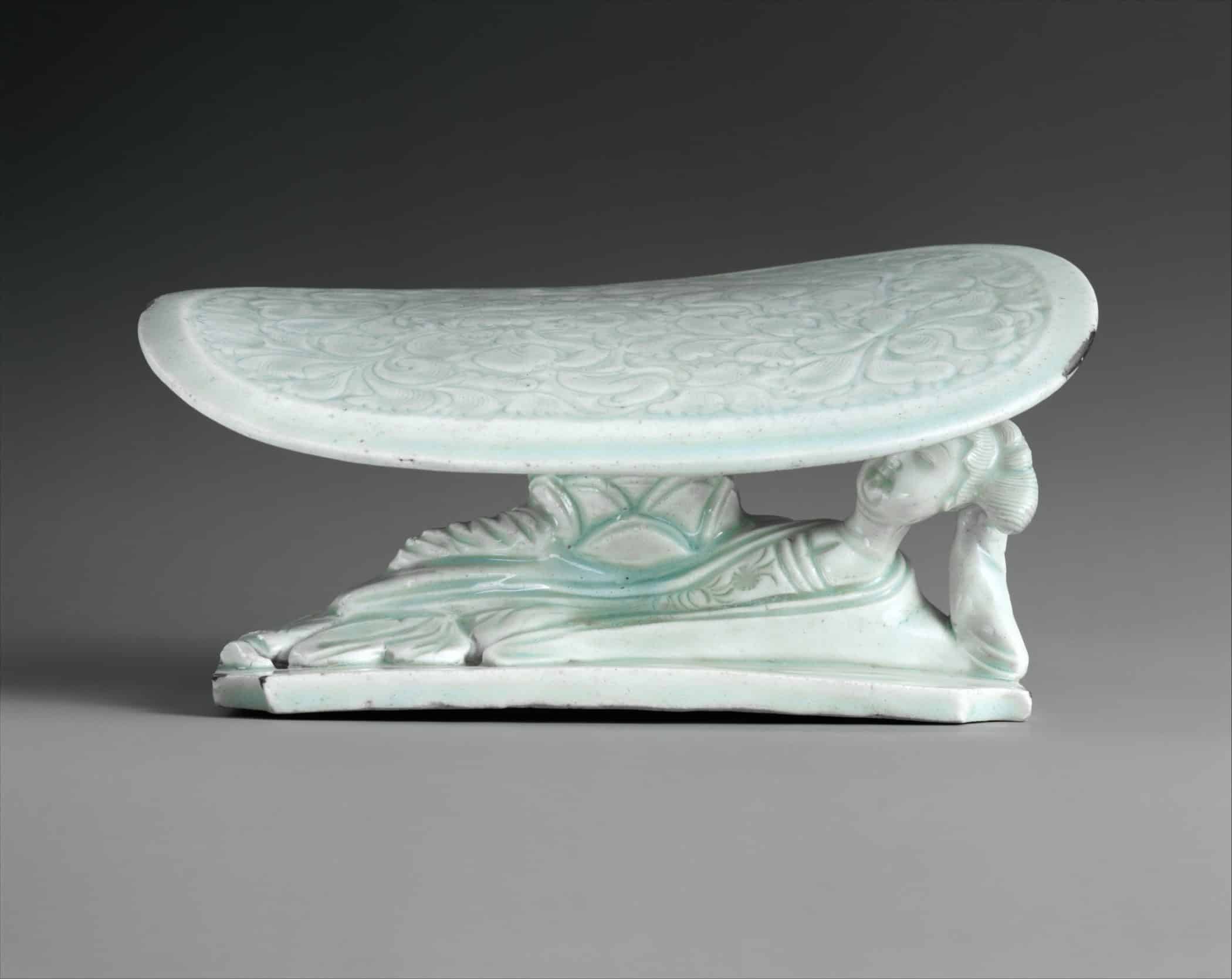
The Ming (1421 – 1644) and Qing (1644 – 1911) dynasties observed the gradual decline of this traditional object in favor of softer pillows. However, rigid cushions remain but are now available in a wide range of materials. Leather, jade, rattan, bamboo or lacquered wood are among the most used.
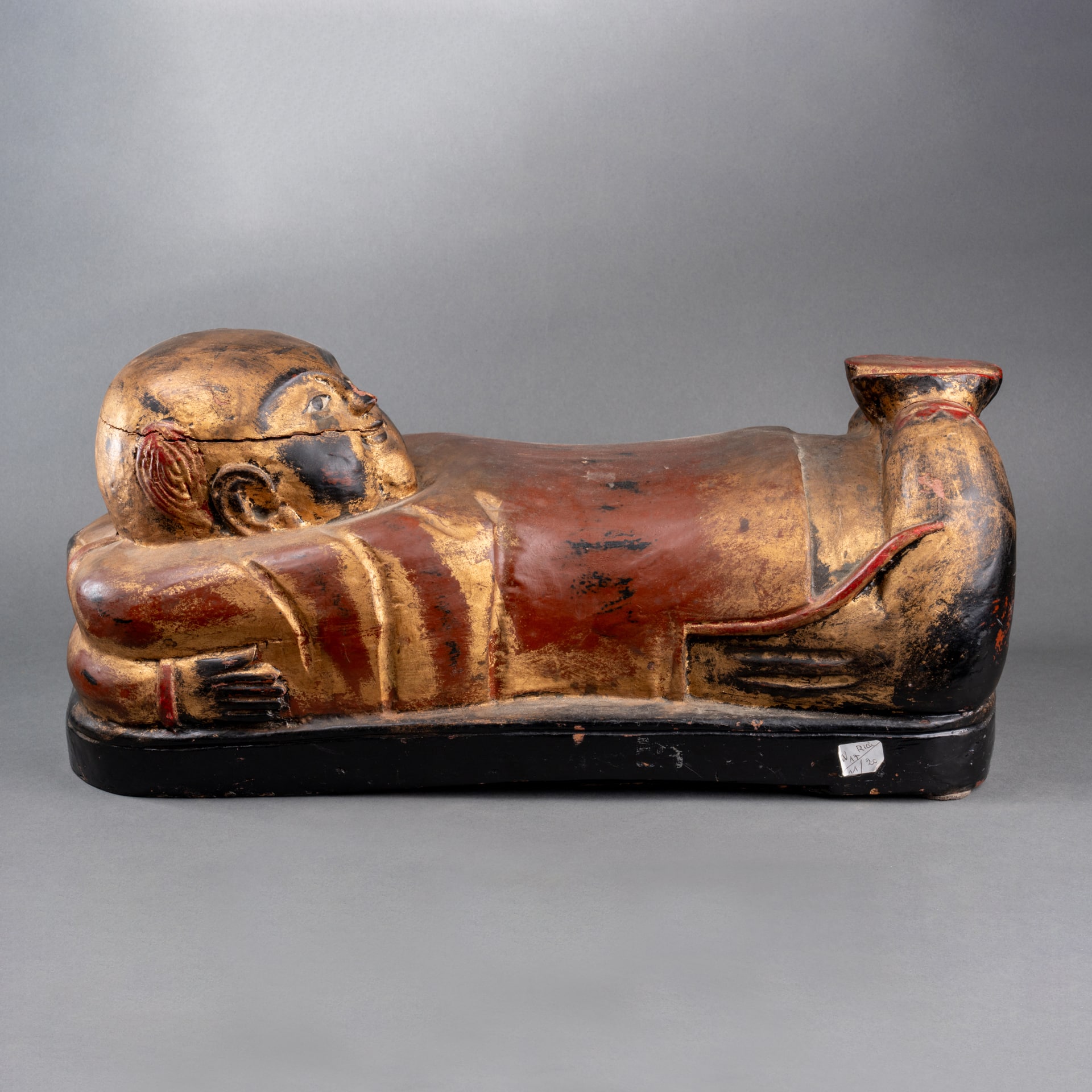
Although its notion of comfort may seem relative to Westerners, the rigid pillow nevertheless allows great artistic freedom and thus adopts all kinds of physiognomies or decorations. The patterns are prophylactic or erudite, the elegant shapes are often auspicious when it comes to an animal. Sometimes the decor can even be a spiritual or philosophical text, thus participating in the elevation of the soul of those who rest there.
From the Qing onwards, colors are mainly chosen for their symbolism, like here red, the color of joy which promotes peaceful sleep.
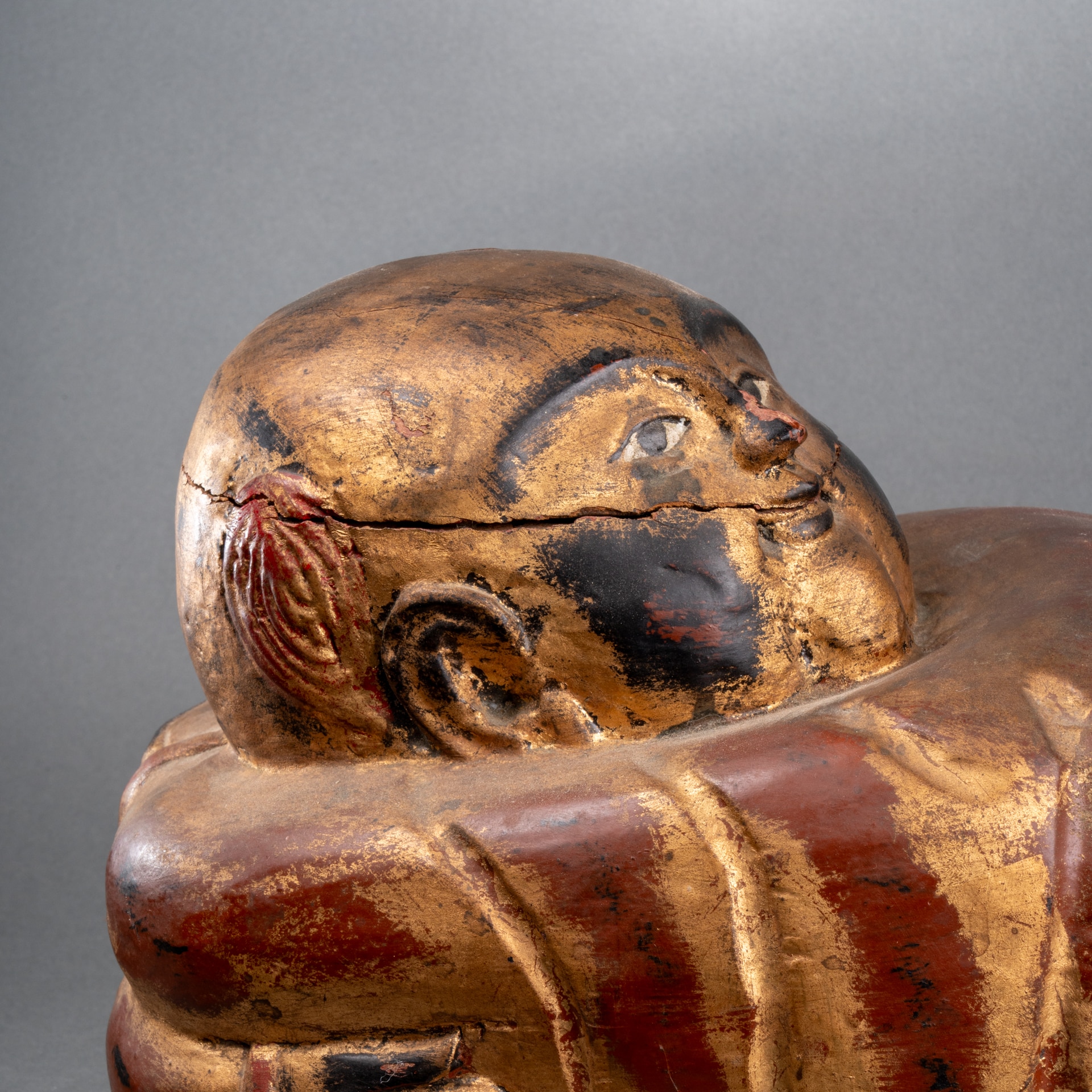
The Chinese Pillow, a Medical Accessory
Chinese rigid pillows are not only bed accessories but medical “tools” which also serve to correct spinal defects and promote good circulation of the qi, (vital fluid circulating in and between all things) and to bring vitality and long life to the owner and user of the pillow.
It is in this desire to protect or care for the body that one or more cavities were often made in the pillow in order to place flowers or medicinal plants. Sometimes still, the pillow itself was made from a beneficial material with recognized virtues.
Thus, many pillows were carved from fragrant woods such as red cedar or aloe wood; they were then kept in boxes during the day in order to preserve their fragrances. Precious woods such as rosewood and boxwood are also carve to create this magnificent pillows.
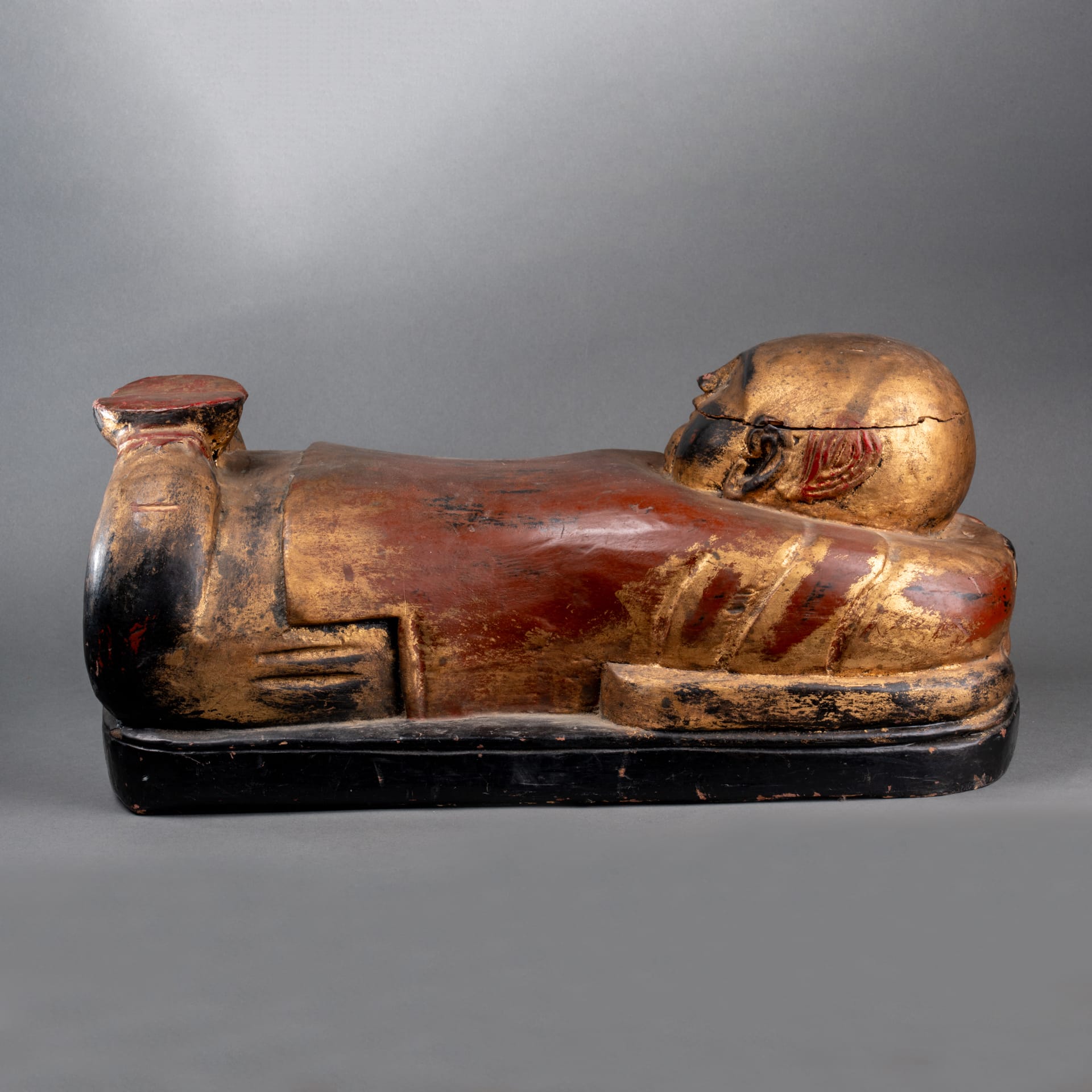
Under the Qing (1644 – 1911), these wooden pillows seem to have been very widespread in the middle and late dynasty. The use spread throughout society and one more often founds pillows made of woven and painted bamboo or leather for travel pillows.
Our rigid wooden pillow does not have any cavity in which to place flowers or medicinal plants. Most likely, it was made from an odoriferous native wood, which is unfortunately no longer identifiable. Also, the refinement of the red and gold colors, the attention to the sculpture, indicate that the owner of this pillow had a relatively high social level, in any case important enough to acquire a piece painted and carved with taste in a fragrant and precious wood.
Another hypothesis could be that this pillow belonged to an opium den. The most luxurious establishments had refined furniture for their customers where wooden beds and pillows were essential. The physiognomy of this pillow, the soft and dozing face of the sculpted character could be a reference to the dazed feeling that smoking customers were looking for in the 19th century.

Marielle Brie
Art Historian for Art Market and Cultural Media
Author of the blog Objets d’Art et d’Histoire
Autres ressources et documentations
27 April 2024
Vienna Bronzes
Collectible objects since their creation, Vienna bronzes play the role of accumulation in bourgeois interiors. They are charming manifestations of the social success of their…
29 March 2024
A Micro-mosaic Grand Tour Cross
An emblematic art of the Grand Tour, micro-mosaics rival painting in its most refined productions.
19 March 2024
The Cordoba Leather or Gilded Leather
This famous leather gave its letters of nobility to Spanish production drawing generously on oriental know-how known since Antiquity.
6 February 2024
A Solid Silver Inkwell, 1860 – 1890
This solid silver inkwell is a true sculpture in itself.
22 November 2023
Georges Clémenceau (1841 – 1929) Bust
A major politician and major cultural figure, Georges Clémenceau encounters both the First World War and the representatives of an art freed from the codes of the Academy.
19 August 2023
The Ribbank Dresser
An emblematic piece of Dutch furniture, the ribbank was also a powerful symbol of social success in the 17th century.

